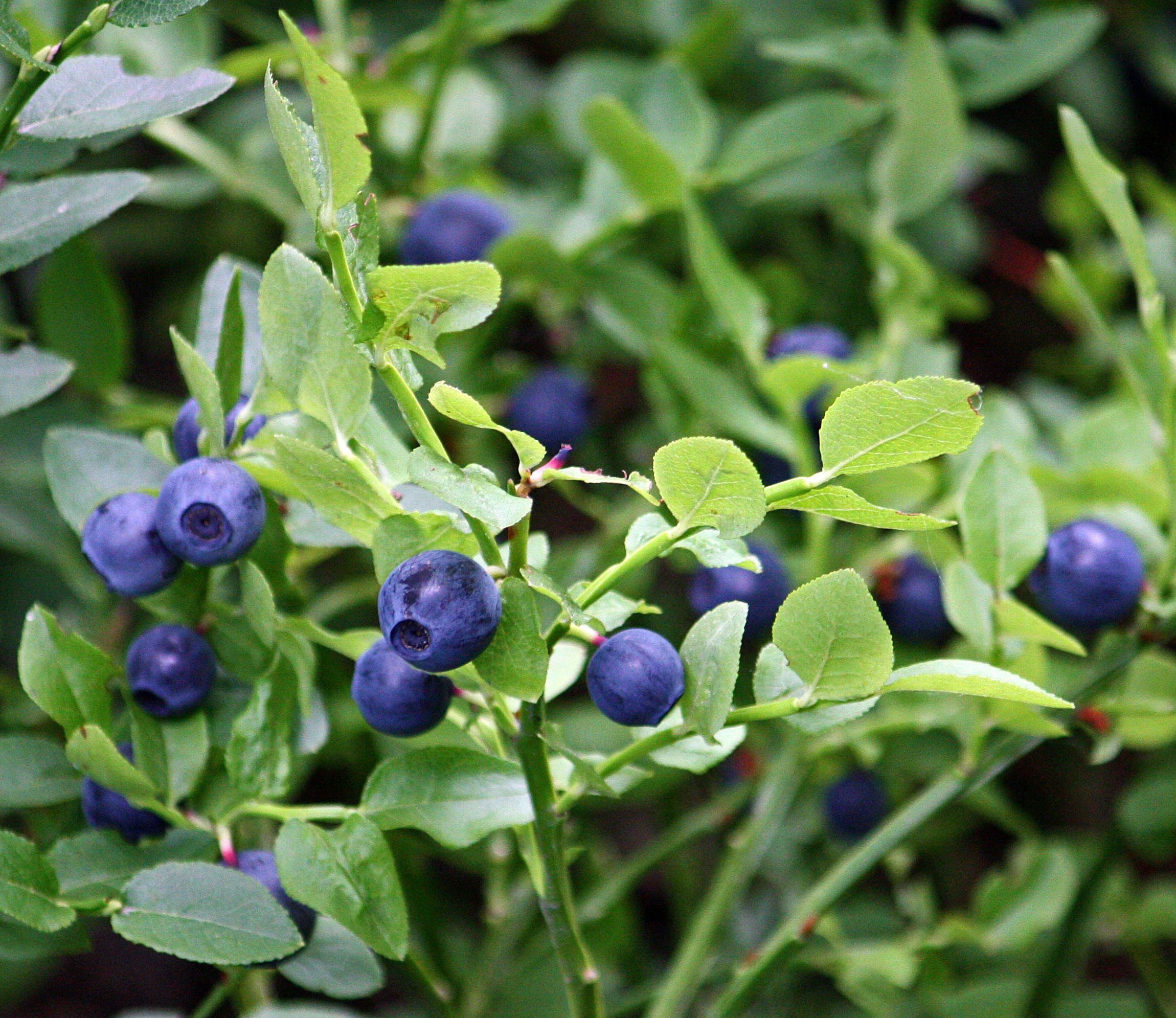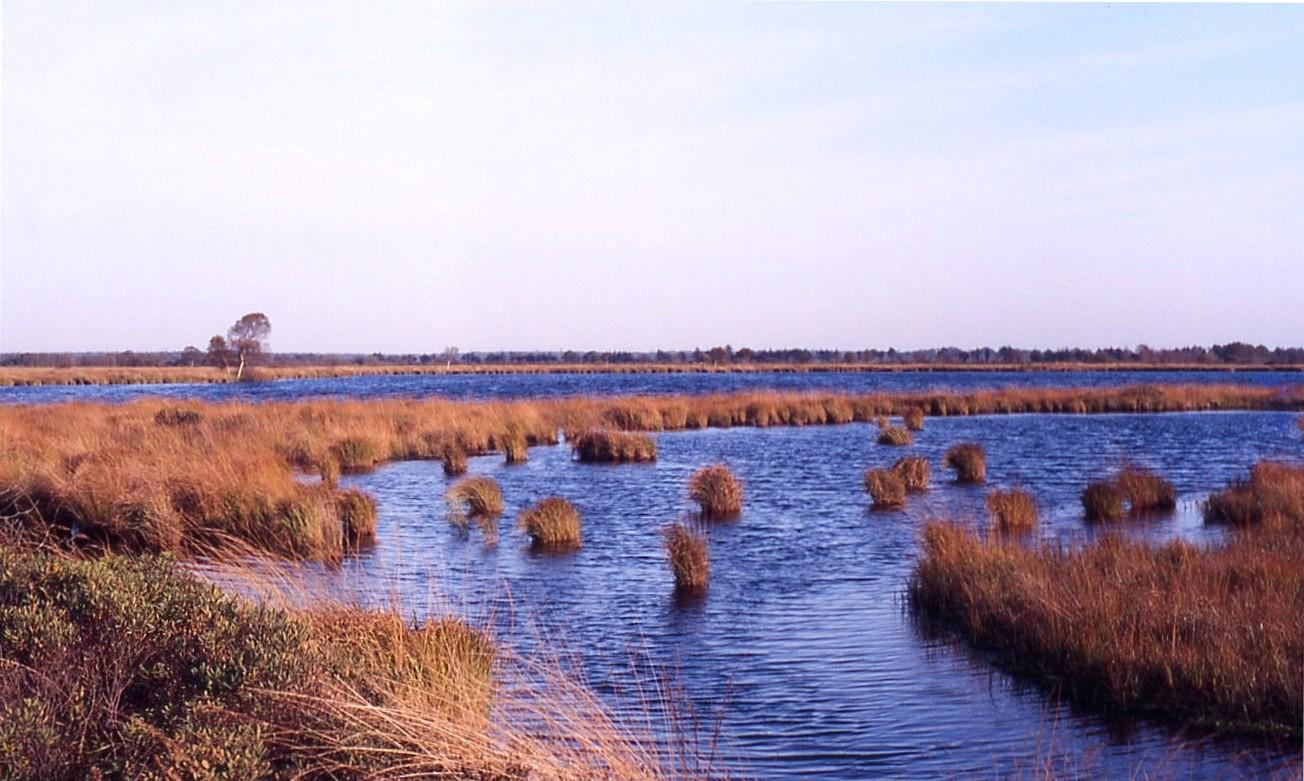|
Grundloses Moor
The Grundloses Moor (literally: "Bottomless Bog") is the largest, virtually intact raised bog in the district of Heidekreis and a Naturschutzgebiet, nature reserve in Walsrode in the German state of Lower Saxony. Description The reserve has an area of and lies about 1.5 km west of the village of Ebbingen, 3.5 km north of the village of Fulde (Walsrode), Fulde and five km northwest of the town of Walsrode. In the centre of the moor is the 2.5 metre deep lake ''Grundloser See'', which is 435 metres long from north to south, and 160 metres wide in its northern part. It has an area of and lies at above mean sea level. Roughly 400 metres to the northeast lies the ''Kleiner See'' ("Little Lake") with a diameter of about 60 metres. History The moor was formed in the northeastern half of a 4-kilometre-long depression enclosed by two parallel end moraines which were deposited during the Saalian glaciation. It is drained by a ditch that acts as the upper c ... [...More Info...] [...Related Items...] OR: [Wikipedia] [Google] [Baidu] |
Fulde (Böhme)
The Fulde is a river of Lower Saxony, Germany. It belongs to the Weser river system. It is about long and flows entirely within the territory of the borough of Walsrode (Heidekreis, Heidekreis district. It rises in a valley between two parallel end moraines formed in the Saalian glaciation, Saalian Ice Age. By far the largest source drains the Grundloses Moor ("bottomless moor"), north of Fulde (Walsrode), Fulde and emerges from the ''Kleiner See'' ("Little Lake") there. Another source appears northwest of the village of Fulde, which gave the stream its name. From there the Fulde runs through, at times, picturesque scenery between steep, grass-covered, clay banks and fish ponds south of the Walsrode town forest of ''Eckernworth'', where the Rischmannshof Heath Museum is located, crosses the centre of the town through the ''Fulde Park'' with its town hall and joins the River Böhme south of the Walsrode Abbey lake. See also *List of rivers of Lower Saxony Literature * ... [...More Info...] [...Related Items...] OR: [Wikipedia] [Google] [Baidu] |
Nature Reserves In Lower Saxony
There are 764 nature reserves in the state of Lower Saxony in north Germany, covering a total area of as at 31 December 2008. These reserves currently form about 4.72% of the land area in the state, including the coastal waters out to . In addition, there are two national parks and one biosphere reserve that are also under strict protection and which raise the area coverage to 11.32%.http://www.nlwkn.niedersachsen.de/master/C8380003_N5512608_L20_D0_I5231158.html Accessed on 16.09.2009 The table below shows a selection of these reserves. Where a nature reserve extends over several rural (''Landkreise'') or urban districts (''Kreisfreie Städte'') these are given in order of the size area covered. By sorting on the column "Rural/Urban District" the reserves that are found wholly or partially within a district can be seen at a glance. In order to locate the other areas, use the search function of your computer keyboard (''CTRL'' / ''Ctrl'' + ''F''). The NSG Nos. (i.e. nature reser ... [...More Info...] [...Related Items...] OR: [Wikipedia] [Google] [Baidu] |
Bogs Of Lower Saxony
A bog or bogland is a wetland that accumulates peat as a deposit of dead plant materials often mosses, typically sphagnum moss. It is one of the four main types of wetlands. Other names for bogs include mire, mosses, quagmire, and muskeg; alkaline mires are called fens. A baygall is another type of bog found in the forest of the Gulf Coast states in the United States.Watson, Geraldine Ellis (2000) ''Big Thicket Plant Ecology: An Introduction'', Third Edition (Temple Big Thicket Series #5). University of North Texas Press. Denton, Texas. 152 pp. Texas Parks and Wildlife. Ecological Mapping systems of Texas: West Gulf Coastal Plain Seepage Swamp and Baygall'. Retrieved 7 July 2020 They are often covered in heath or heather shrubs rooted in the sphagnum moss and peat. The gradual accumulation of decayed plant material in a bog functions as a carbon sink. Bogs occur where the water at the ground surface is acidic and low in nutrients. In contrast to fens, they derive most of th ... [...More Info...] [...Related Items...] OR: [Wikipedia] [Google] [Baidu] |
Cross-leaved Heath
''Erica tetralix'', the cross-leaved heath, is a species of flowering plant in the family Ericaceae, native to western Europe, from southern Portugal to central Norway, as well as a number of boggy regions further from the coast in Central Europe such as Austria and Switzerland. In bogs, wet heaths and damp coniferous woodland, ''E. tetralix'' can become a dominant part of the flora. It has also been introduced to parts of North America. Description It is a perennial subshrub with small pink bell-shaped drooping flowers borne in compact clusters at the ends of its shoots, and leaves in whorls of four (whence the name). The flowers appear in summer and autumn. The distinction between ''E. tetralix'' and the related species ''Erica cinerea'' is that the linear leaves are usually glandular and in whorls of four, while those of ''Erica cinerea'' are glabrous and borne in whorls of three. The leaves of ''Calluna vulgaris'' are much smaller and scale-like and borne in opposite and dec ... [...More Info...] [...Related Items...] OR: [Wikipedia] [Google] [Baidu] |
Peat Moss
''Sphagnum'' is a genus of approximately 380 accepted species of mosses, commonly known as sphagnum moss, peat moss, also bog moss and quacker moss (although that term is also sometimes used for peat). Accumulations of ''Sphagnum'' can store water, since both living and dead plants can hold large quantities of water inside their cells; plants may hold 16 to 26 times as much water as their dry weight, depending on the species.Bold, H. C. 1967. Morphology of Plants. second ed. Harper and Row, New York. p. 225-229. The empty cells help retain water in drier conditions. As sphagnum moss grows, it can slowly spread into drier conditions, forming larger mires, both raised bogs and blanket bogs. Thus, sphagnum can influence the composition of such habitats, with some describing sphagnum as 'habitat manipulators'. These peat accumulations then provide habitat for a wide array of peatland plants, including sedges and ericaceous shrubs, as well as orchids and carnivorous plants.Keddy, P ... [...More Info...] [...Related Items...] OR: [Wikipedia] [Google] [Baidu] |
Bilberries
Bilberries (), or sometimes European blueberries, are a primarily Eurasian species of low-growing shrubs in the genus ''Vaccinium'' (family Ericaceae), bearing edible, dark blue berries. The species most often referred to is ''Vaccinium myrtillus'' L., but there are several other closely related species. Etymology and common names The name "bilberry" appears to have a Scandinavian origin, possibly from as early as 1577, being similar to the Danish word ''bølle'' for whortleberry with the addition of "berry". In Scandinavian languages bilberries have names that translate to "blueberry": ''blåbär'' in Swedish and ''blåbær'' in Danish and Norwegian. The bilberry (especially ''Vaccinium myrtillus'') is also known by a number of other names including blaeberry in Scottish and Northern English regional dialects and the Scots language, whortleberry in southern England, and w(h)imberry or w(h)inberry in Derbyshire, Lancashire, along the Anglo-Welsh border, and south Wales, ... [...More Info...] [...Related Items...] OR: [Wikipedia] [Google] [Baidu] |
Cranberry
Cranberries are a group of evergreen dwarf shrubs or trailing vines in the subgenus ''Oxycoccus'' of the genus ''Vaccinium''. In Britain, cranberry may refer to the native species ''Vaccinium oxycoccos'', while in North America, cranberry may refer to ''Vaccinium macrocarpon''. ''Vaccinium oxycoccos'' is cultivated in central and northern Europe, while ''Vaccinium macrocarpon'' is cultivated throughout the northern United States, Canada and Chile. In some methods of classification, ''Oxycoccus'' is regarded as a genus in its own right. They can be found in acidic bogs throughout the cooler regions of the Northern Hemisphere. Cranberries are low, creeping shrubs or vines up to long and in height; they have slender, wiry stems that are not thickly woody and have small evergreen leaves. The flowers are dark pink, with very distinct ''reflexed'' petals, leaving the style and stamens fully exposed and pointing forward. They are pollinated by bees. The fruit is a berry that i ... [...More Info...] [...Related Items...] OR: [Wikipedia] [Google] [Baidu] |
Cottongrass
''Eriophorum'' (cottongrass, cotton-grass or cottonsedge) is a genus of flowering plants in the family Cyperaceae, the sedge family. They are found throughout the arctic, subarctic, and temperate portions of the Northern Hemisphere in acid bog habitats, being particularly abundant in Arctic tundra regions.Flora Europaea''Eriophorum''/ref> They are herbaceous perennial plants with slender, grass-like leaves. The seed heads are covered in a fluffy mass of cotton-like fibers which are carried on the wind to aid dispersal. The cotton grass also maintains a height of 12 inches and around 2 inches in water. In cold Arctic regions, these masses of translucent fibres also serve as 'down' – increasing the temperature of the reproductive organs during the Arctic summer by trapping solar radiation. Paper and the wicks of candles have been made of its fiber, and pillows stuffed with the same material. The leaves were formerly used in treating diarrhea, and the spongy pith of the stem for ... [...More Info...] [...Related Items...] OR: [Wikipedia] [Google] [Baidu] |
Bog Pond
A bog pond (german: Moorauge) is a waterbody in the middle of a raised or kettle bog, formerly also in percolating mires (''Durchströmungsmooren''). It is also called a bog pool, bog eye, raised bog kolk, bog kolk or just kolk. Bog ponds owe their existence to the growth of the bog body and are thus of biogenic origin. Brown bog ponds are surrounded by peat and receive their water exclusively from precipitation or from the large rain storage capacity of raised bogs. Such kolks generally represent the non-evaporating excess water of a bog. The central waterbody of these bogs exhibit almost no sedimentation. The accumulation of nutrients can lead to the formation of floating mats. Their vegetation differs from that of other structures in the bog. Usually the edges of the kolk are more nutrient-rich as a result of mineralisation processes caused by wave and wind action. Here, woody plants such as downy birch (''Betula pubescens'') and other species of plant e.g. purple moor gras ... [...More Info...] [...Related Items...] OR: [Wikipedia] [Google] [Baidu] |
Saalian Glaciation
The Saale glaciation or Saale Glaciation, sometimes referred to as the Saalian glaciation, Saale cold period (german: Saale-Kaltzeit), Saale complex (''Saale-Komplex'') or Saale glacial stage (''Saale-Glazial'', colloquially also the ''Saale-Eiszeit'' or ''Saale-Zeit''), covers the middle of the three large glaciations in Northern Europe and the northern parts of Eastern, Central and Western Europe by the Scandinavian Inland Ice Sheet between the older Elster glaciation and the younger Weichselian glaciation, also called the Last Glacial Period. Age and definitions It succeeded the Holstein interglacial and was followed by the Eemian interglacial. The Saale complex is currently estimated, depending on the source, as existing from around 300,000 to 130,000 years ago or 347,000 to 128,000 years ago (duration: around 219,000 years), roughly contemporaneous with the glaciation of the Riss Glacial in the Alpine region. The actual "ice age" includes only part of the Saale glaciation ... [...More Info...] [...Related Items...] OR: [Wikipedia] [Google] [Baidu] |






